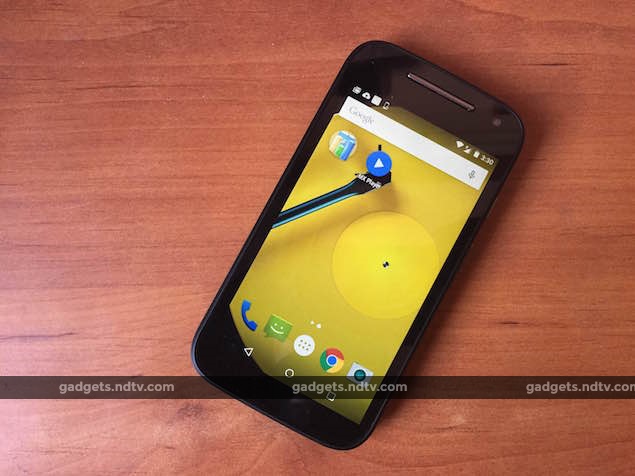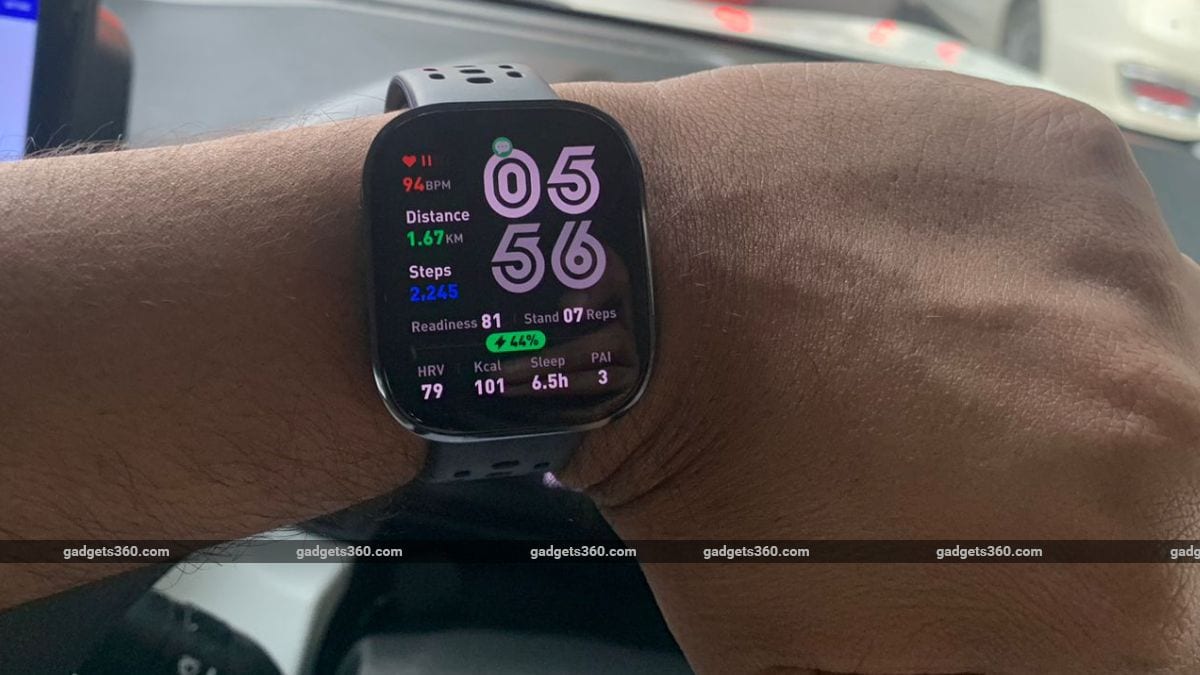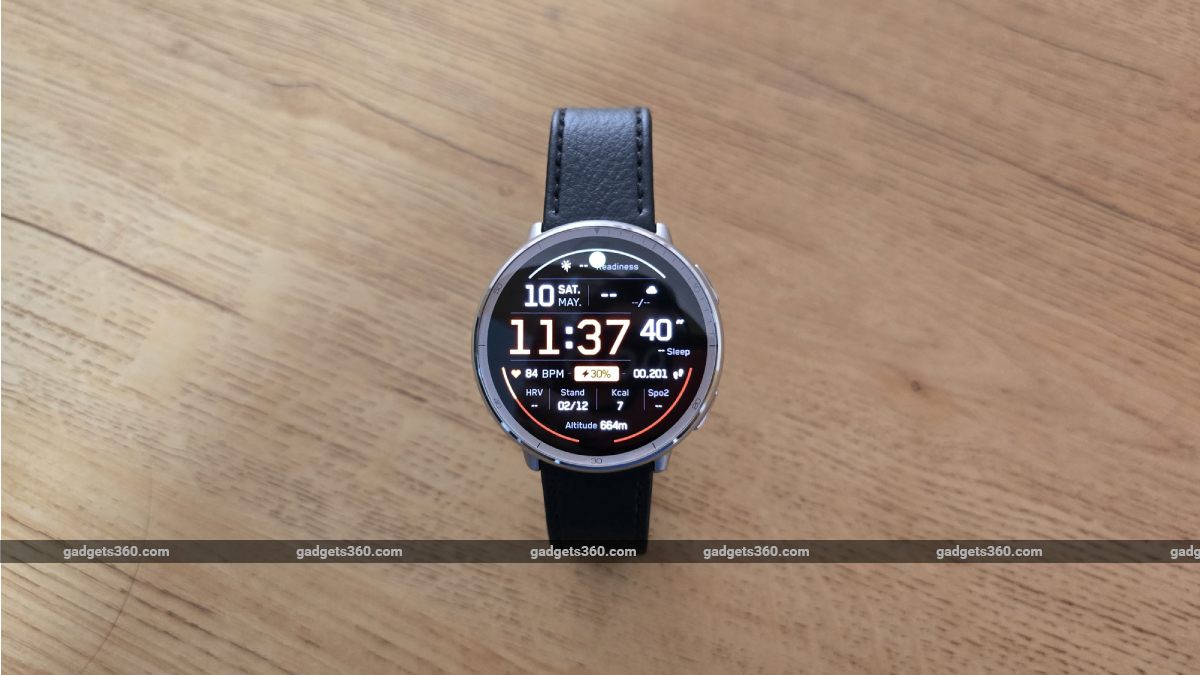Much better second generation phone

Moto E (Gen 2) 4G competes with Lenovo A6000 Plus, Yu Yuphoria and Xiaomi Redmi 2, all these handsets have support for connecting to LTE networks. How is the performance of this Motorola handset in this segment, read further.
![]()
Look and Design
This phone looks similar to the Moto E (Gen 2) and we currently believe that it is the best looking smartphone in its price range. Metal has been used in the build of recently launched Yu Yuphoria but the design of Moto E (Gen 2) 4G is very unique. The design and screen of the phone is the same as its 3G version.
![]()
Specifications and Software
There is a lot that is different in this category. The Moto E (Gen 2) 4G is powered by a 1.2GHz quad-core Qualcomm Snapdragon 410 SoC with Adreno 306 graphics. This is more powerful than the quad-core Snapdragon 200 used in the non-LTE variant. Moto E (Gen 2) 4G has 1 GB RAM. Its internal storage is 8 GB, which can be expanded up to 32 GB via microSD card. Apart from this, Micro-USB port can also be used as USB-OTG storage device.
![]()
One of the SIM cards in this dual SIM phone can be used to connect to 4G networks, which also includes the 2300MHz band used in India. For connectivity, there are features like Wi-Fi 802.11 b/g/n and Bluetooth 4.0. The phone has a 5-megapixel primary camera and a VGA camera on the front for taking selfies. A 2390mAh battery has been used in the phone.
The Moto E (Gen 2) 4G runs almost a vanilla version of Android 5.0.2 Lollipop and has the same feel as the Moto E (Gen 2), which is a good thing.
![]()
Performance and camera
The Moto E (Gen 2) offers good performance, but the Moto E (Gen 2) 4G is faster and never lags. High-end games like Asphalt 8 and Dead Trigger 2 also ran without any lag, albeit at lower graphic settings.
Benchmark results were also much better. The phone got scores of 22,241 and 13,925 in AnTuTu and GFXBench tests respectively. These figures are much better than the scores of the Yu Yuphoria and Lenovo A6000 Plus, although the Moto E (Gen 2)’s qHD (540×960) display is less demanding than its competitors. In the 3DMark Ice Storm and GFXbench tests, the Moto E (Gen 2) 4G achieved scores of 5,324 and 12.4fps, respectively.
![]()
The phone did not face any problem in playing our sample video. Adequate sound comes from the speaker, but there was difficulty in using its earphones for a long time. We found that the sound quality during phone calls was average and there were a few call drops. We don’t expect this kind of thing from Motorola smartphones. Apart from this, 4G connectivity was very irregular, which may be due to poor network. One aspect in which the Moto E (Gen 2) 4G is much better than its rivals and its predecessor is battery life. The phone’s battery lasted 11 hours and 26 minutes in our video loop test.
![]()
The performance of the 5 megapixel camera of this handset is the same as the non-4G version. Overall, Motorola still hasn’t figured out how to make good cameras for cheap smartphones. The front camera is even worse.
our decision
There is no doubt that Moto E (Gen 2) is much better than its predecessor in terms of 4G performance, because it has been designed keeping future technology in mind. However, Lenovo A6000 Plus, Yu Yuphoria and Xiaomi Redmi 2 have 2GB RAM and these handsets also have better cameras. For this reason all these handsets give better value for money. But, there is no comparison to the software experience on the Moto E (Gen 2) 4G.



